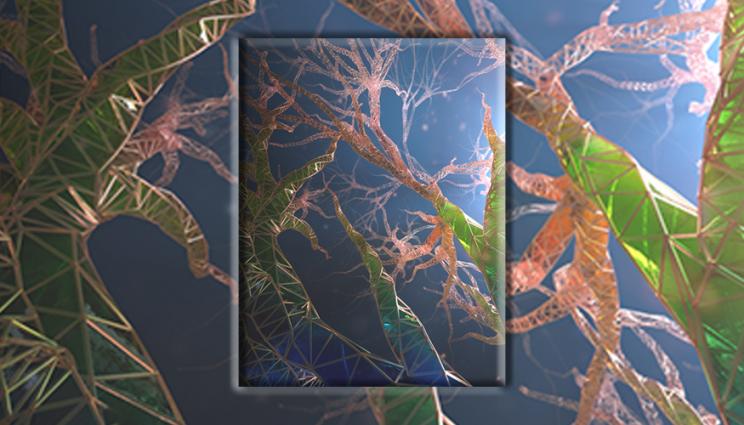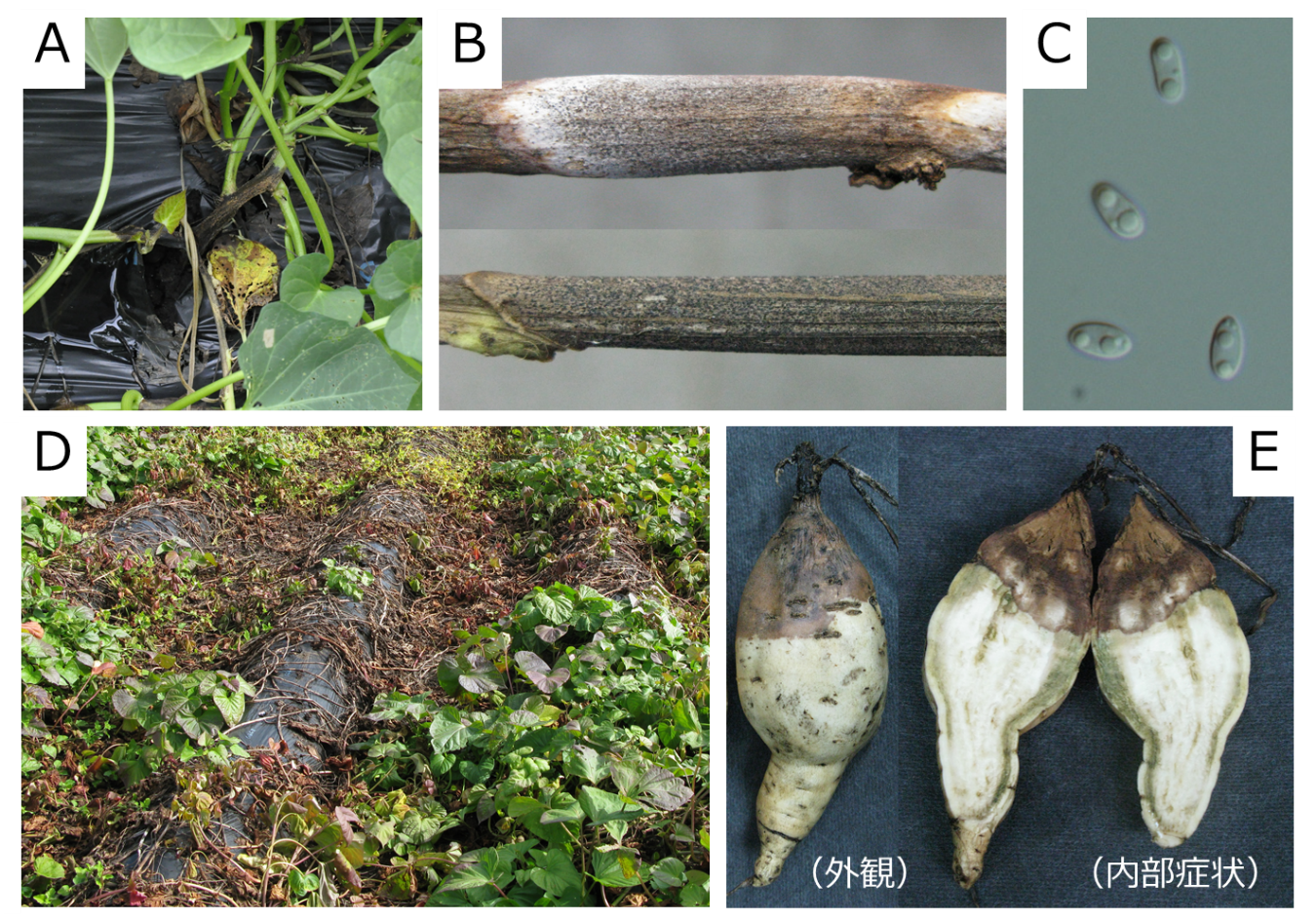(Taking cues from nature, breakthrough ‘cellular fluidics’ technology could have sweeping impacts)
2021-06-30 アメリカ合衆国・ローレンスリバモア国立研究所(LLNL)

・ LLNL が、植物の水分・養分の吸収・分配の仕組みに着想した、セル流体技術(cellular fluidics)を開発。
・ 同技術では、3D プリントで作製したミリメートルスケールのオープンセルで構成される多孔体のプラットフォームで、表面張力が引き起こす毛細管現象(凝着・凝集力による微細孔を通じた液体の動き)の働きにより、液体と気体を輸送する。
・ CO2 等をエネルギーに変換する電気化学的・生物学的リアクタ、高度なマイクロ流体工学、太陽光による淡水化、空気清浄、熱伝達、蒸発冷却や低・無重力環境での流体輸送等の、マルチフェーズ(液体・気体・固体)プロセスが関わる多くの分野に革新的かつ広範囲な影響を及ぼす可能性がある。
・ LLNL が長年研究を続けてきた、3D プリントによる階層的格子構造と、光を利用して超微細な形状を大面積作製するプリンターである大面積投影マイクロステレオリソグラフィー(LAPuSL)技術を活用し、流体を充填した様々な構造体を作製。多岐にわたるマルチフェーズ輸送と反応現象を調査した。
・ 捕獲した CO2 を液化する吸収、液体輸送を気体に変換する蒸発および液体を充填しながら大気中に液体を蒸発させて構造を冷却する蒸散の各プロセスを実証。局所的に構造特性をプログラムすることで、液体と気体の輸送を精確に制御できることを確認した。
・ 気体と液体の精密な界面の設計や、輸送速度を調整した優れた輸送経路の展開が可能となることで、ポイント・オブ・ケア診断や臓器チップデバイス等で元来利用されているマイクロ流体技術を含む、毛管現象や他の流動・輸送現象の実験的・計算的な研究の進展が期待できる。また、医療技術者が常用するオープンなウェルプレートと従来のクローズドなマイクロ流体技術を橋渡しする役割も担える。
・ 従来のマイクロ流体技術との統合の試験では、注射器ポンプによるアクティブフロー実験で液体の挙動を調査。その結果、ユニットセルのタイプ、サイズと密度を調整して輸送経路をプログラムできること、また、精密な構造設計により特定のアクティブフロー条件下で液体の保持が向上できることを発見。また、3D プリントポリマー格子の特定領域を導電性・触媒活性金属皮膜で作製することも可能。
・ 直近の目標は、CO2 を有用な製品に変換する電気化学的リアクタとしての活用。また、バクテリアにメタンで有機副生物を分泌させるバイオリアクタも研究中。将来的には設計の最適化、流体/機械の協調設計や生物学的脅威の検出も検討する。
・ 本 研 究 に は 、 Laboratory Directed Research & Development(LDRD) Strategic Inititive の
“Manufacgtruing Molecules for the New Carbon Economy”が資金を提供した。
URL: https://www.llnl.gov/news/taking-cues-nature-breakthrough-cellular-fluidics-technology-could-have-sweeping-impacts
<NEDO海外技術情報より>
(関連情報)
Nature 掲載論文(アブストラクトのみ:全文は有料)
Cellular fluidics
URL: https://www.nature.com/articles/s41586-021-03603-2
Abstract
The natural world provides many examples of multiphase transport and reaction processes that have been optimized by evolution. These phenomena take place at multiple length and time scales and typically include gas–liquid–solid interfaces and capillary phenomena in porous media1,2. Many biological and living systems have evolved to optimize fluidic transport. However, living things are exceptionally complex and very difficult to replicate3,4,5, and human-made microfluidic devices (which are typically planar and enclosed) are highly limited for multiphase process engineering6,7,8. Here we introduce the concept of cellular fluidics: a platform of unit-cell-based, three-dimensional structures—enabled by emerging 3D printing methods9,10—for the deterministic control of multiphase flow, transport and reaction processes. We show that flow in these structures can be ‘programmed’ through architected design of cell type, size and relative density. We demonstrate gas–liquid transport processes such as transpiration and absorption, using evaporative cooling and CO2 capture as examples. We design and demonstrate preferential liquid and gas transport pathways in three-dimensional cellular fluidic devices with capillary-driven and actively pumped liquid flow, and present examples of selective metallization of pre-programmed patterns. Our results show that the design and fabrication of architected cellular materials, coupled with analytical and numerical predictions of steady-state and dynamic behaviour of multiphase interfaces, provide deterministic control of fluidic transport in three dimensions. Cellular fluidics may transform the design space for spatial and temporal control of multiphase transport and reaction processes.



